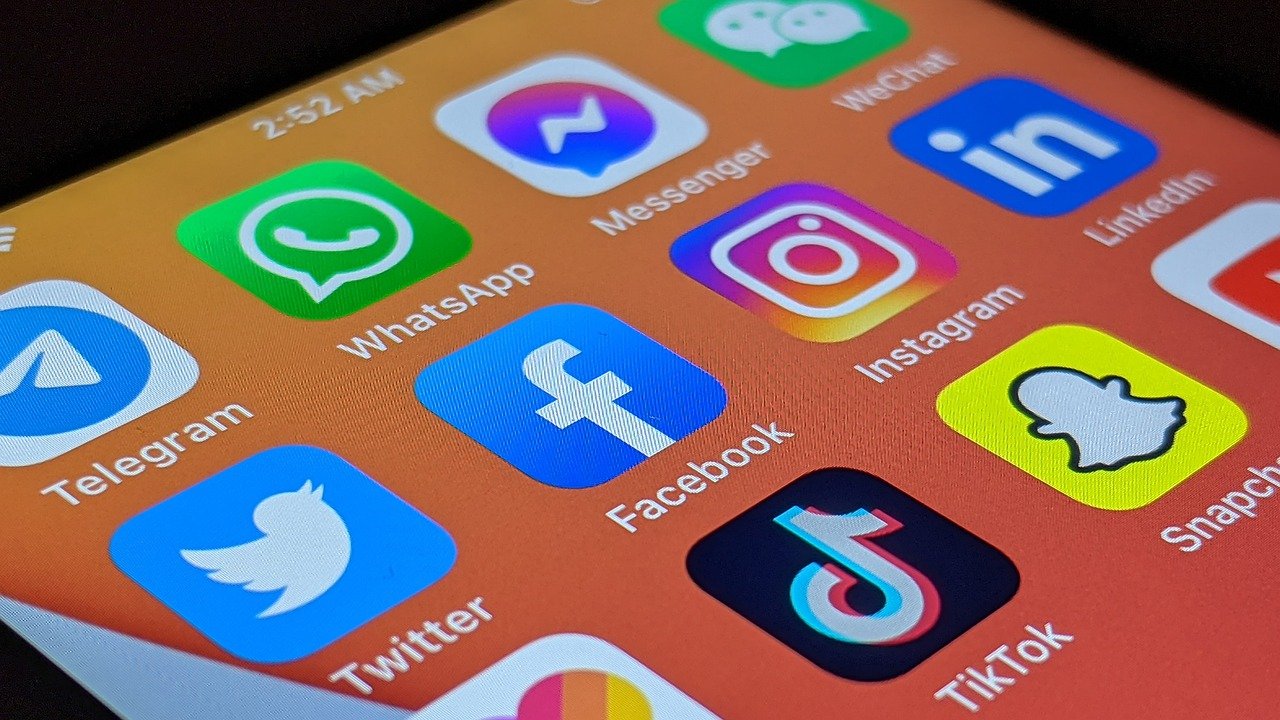How to Create a Small Business Marketing Budget - Top Strategies

The moment you start to think about starting a small business, there are a thousand tasks to complete. The paramount importance is how to market your business. Anyway, how can the customers know your business exists and that there are sets of services provided?
The marketing plan is chosen according to the dictated marketing plan. For the desired results, first, we need to develop a small business marketing budget. Once you made the budget, it reduces the chance of overspending and empowers your broader business budget, and balances the instinct to underspend that causes a roadblock on the necessary exposure to the business.
We have to create a marketing budget now. There is a definite step-by-step process for developing a marketing budget plan. Various marketing budget templates are given below to get started.
Creating a Small Business Marketing Budget
Small businesses should invest in marketing to grow in the forward direction. How much the part of the budget should be spent on marketing and what mode of marketing platform should be chosen? These questions need answers that will help small business owners in creating a small business marketing budget.
In theory, there is no definite and precalculated amount to spend on marketing. When it comes to marketing it is highly subjective. The goals, customer base, branding, and preference are factors that decide the marketing budget for small businesses.
Well, tested and few marketing approaches are permissible and valued in the industry for investing time and money.
The salient points that will guide start-up entrepreneurs to make a plan for a small business marketing budget that is worthwhile.
Create a Marketing Strategy
Managers should design a marketing strategy before making a budget. This gives an insight into what to spend to get the market response as you, please. Later if you realize that the marketing campaign exceeds the projected budget, let it be like that. Marketing is a dynamic expense, if you can’t spend now, it does not mean you can spend more on it, as time passes.
Goals
Your marketing strategy is composed of various features. The first feature is goals. Your goals are defined tasks that bring yields to completed marketing efforts. The main goals are to increase sales but we need to be more particular to create the proper strategy. The purpose of marketing goals is to increase traffic to the company website or engagement of the audience on social media posts.
Target Audience
Your target audience is the ones you targeted over time to be converted into paying customers. To enable this, you have to do complete market research. Connect with the available customers and ask about the preferred characteristic of the company. Collect demographic details, and locate which platform customers knew about your business.
Distribution Method
Your distribution method is the avenue through which you market your business. Previously this was accomplished by TV, radio, and physical advertisements. Presently, it is most cost-efficiently for small businesses to advertise online. There are many methods to increase familiarity with a product or service, from buying commercials to investing in social media marketing and SEO. More knowledge about the target audience will platform will be more effective in the increase of customers.

Analytics
The goals you choose with your marketing strategy have to be gaugeable. Here is the situation where analytics come to place. Any ploy of marketing strategy holds tools like Google Analytics to measure the capability of its efforts. Employing analytics will reveal the secrets of whether marketing efforts are succeeding or failing, and make the essential adjustments.
In summary, marketing strategy is marketing in terms of what, why, and how. It sketches your overall plans and the strategy you’ll apply to achieve your goals. Your marketing strategy is also the road to a wider business plan.

Measure Your Small Business Marketing Budget
Now that you are aware of the strategy, you can recognize the costs related to your strategy. Anyway, you are going to spend more to achieve your goals and choose your target audience, most of your expenditure will come from your distribution method.
Here many marketing distribution methods can be employed, with various costs such as TV, radio, and physical ads usually come with a standard price on the ad type. Online ad costs differ depending on the type of ad and the incidence of the ad. Many marketing methods can be cost-effective, such as social media or email marketing. The wisest method to success is to employ a mixture of marketing methods.
Getting into analytics, Google Analytics is the most effective in finding a good insight into a business marketing effort. For in-depth analysis, you can subscribe to a month-long paid service.
As planned earlier, there is no defined rule as to how much money a business to have a projected budget for marketing. The factors rely on your type of industry, phase in business, profit margins, and annual sales. Know this:
Many businesses root their marketing on the share of their gross revenues. The advantage of this approach is that your small business marketing budget will grow more with your sales. However, bear in mind that marketing creates sales—not the other way out. This implies a start-up business requires a budget to be an irregular percentage for marketing compared to its sales.
To evaluate your marketing budget, learn about your sales projections for your primary year in business. Industry organizations and web pages will have standard information about the average marketing budget in your industry.
The Small Business Administration encourages spending 8% to 9% of your gross revenue for marketing and advertising if you are attempting less than $5 million a year in sales. The calculation takes your net profit margin—after all expenses ---is in the 10% to 12% range.
Small Business Marketing Budgets Are Anticipated to Climb
After rising for three years in a row, the average marketing budget plunged faintly in 2018 to 12.2 per cent of a company’s overall revenue, according to the Gartner 2017-2018 CMO Spend Survey. Despite that, 62 per cent CMOs expect their marketing to increase in 2019.
Small Business Marketing Budget: Obtaining the Most Results for Your Money
Once you’ve calculated your annual marketing budget, use your marketing strategy to fine-tune it.
Be realistic: If your budget isn’t huge to account for all the constituents of the marketing plan you had in thought, search for ways to do more with less. For example, could you allocate a few paid ads and concentrate on free marketing like organic social media or organic SEO?
Marketing budget
Of course, the same “free” marketing techniques have time expenses related to them. Making social media posts, gauging them, and answering social media followers’ queries, for example, can take hours a day. Paid marketing and advertising techniques might have a better ROI than free techniques—even when you measure their cost.
Now that you’ve planned a marketing budget, entrust it. Many new business owners get anxious and become shy about marketing the minute their sales decline even a little. That’s the ruining thing you can do: After all, marketing increases your sales.



